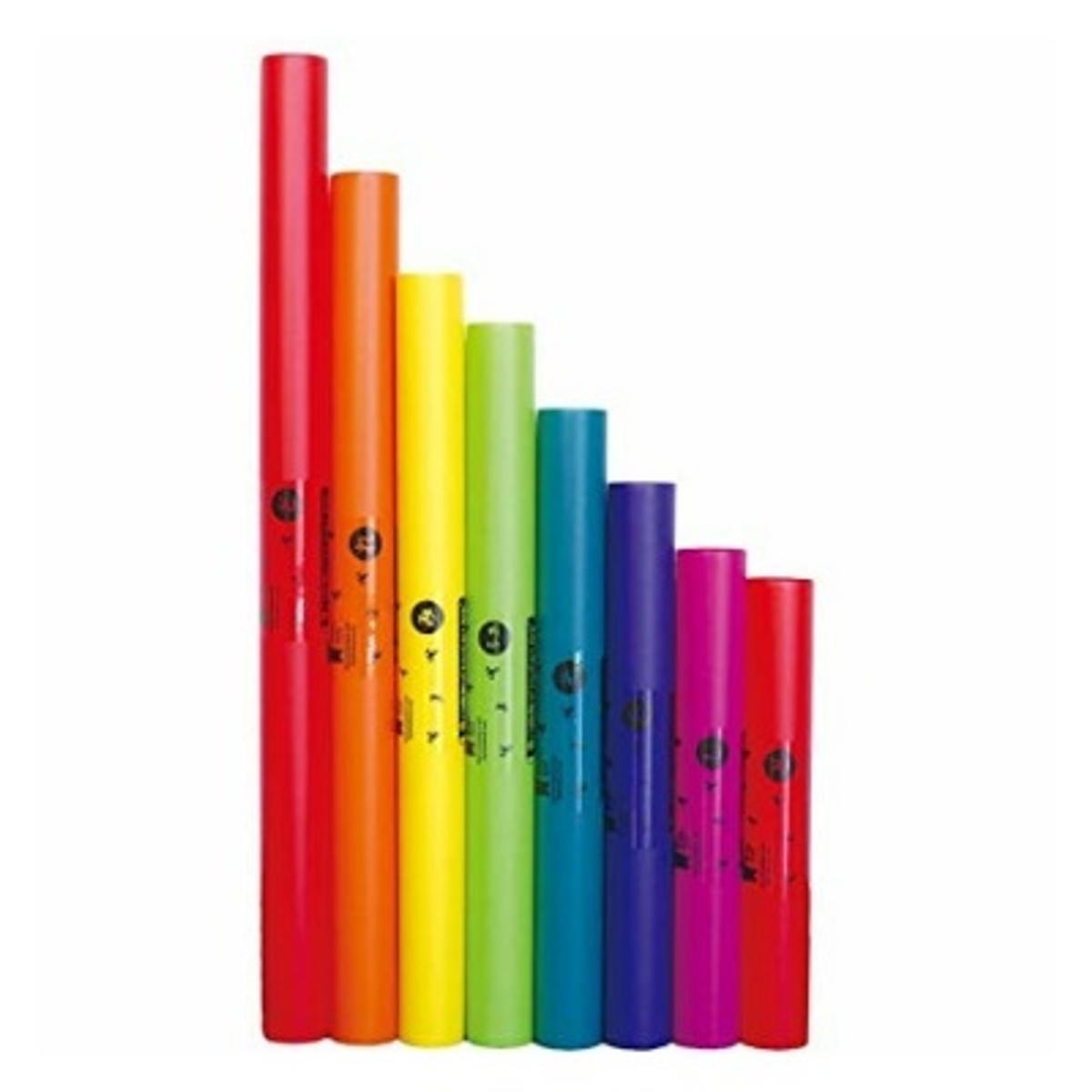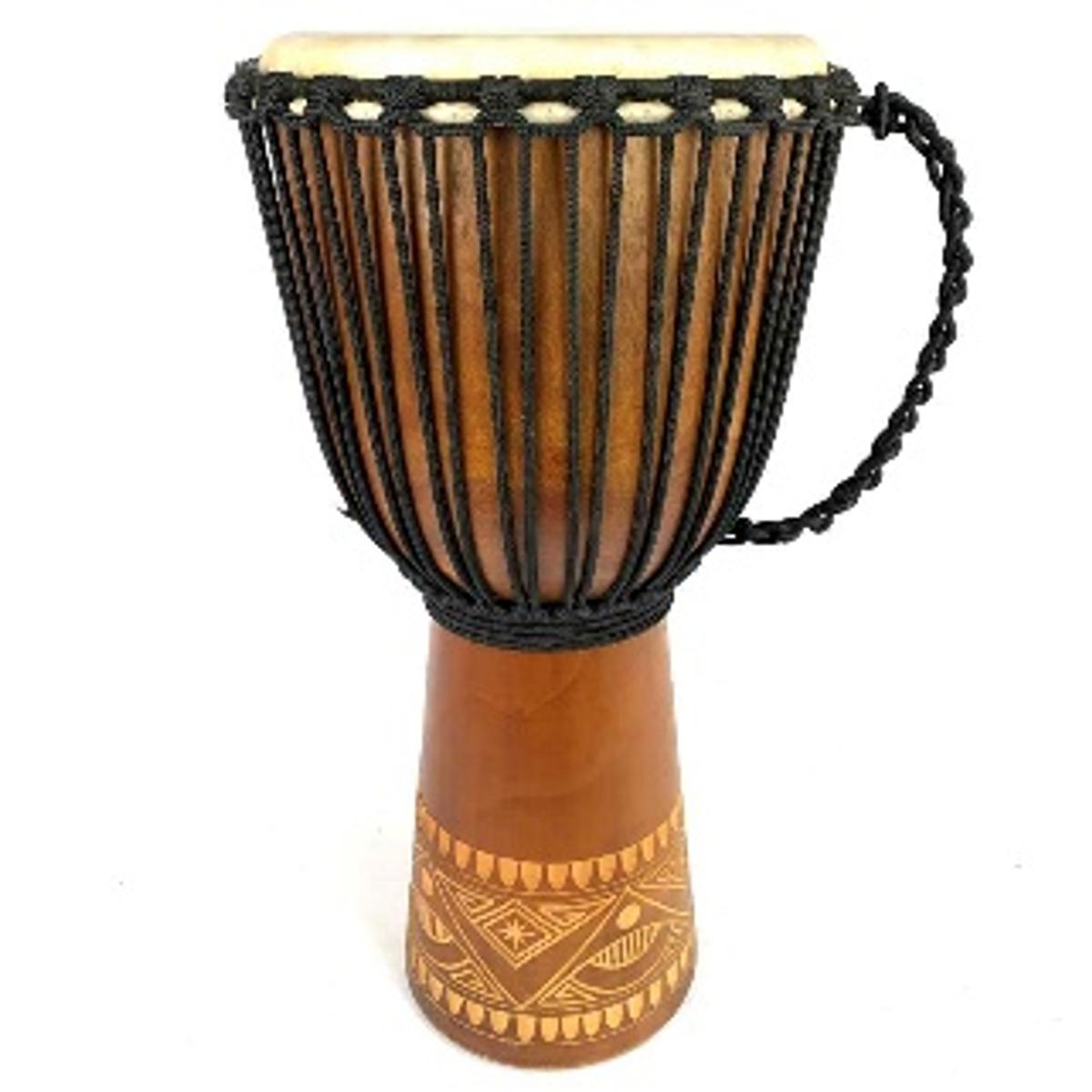Music

We have achieved so much this year with the most recent accomplishment being performing in the 2023 Victorian State School Spectacular. In Week 2 of this term, we begin Music Innovation for Year 1 and 2 students where they will extend on their knowledge and learn to play various instruments.
Prep
This term Prep students will be introduced to the solfa notes (do, re, mi, fa, so la, ti and do’). They will learn a variety of different songs to sing and games to play to help them begin to develop their knowledge of these new notes. Students will also continue to learn about the tuned percussion instrument called BoomWhackers and will learn progressively more challenging songs on them using the solfa notes. This term, Prep students will also be introduced to sound stories. Students will use many different instruments to create several sounds to go with a story. Once students have a firm understanding of sound stories, they will collaborate in small groups to create a sound story based on a story of their choosing.
Curriculum Links:
Explore sound and silence and ways of using their voices, movement and instruments to express ideas - exploring ways of producing sound using their voices, body percussion, acoustic and electronic/digital instruments and objects individually and in groups (VCAMUE017)
Rehearse and perform songs and short instrumental pieces which they have learnt and composed (VCAMUP019)
Experimenting with different dynamics and tempi to make decisions about which best communicates an intended mood or feeling (VCAMUP019)
Key vocabulary:
Sound story: When instruments are used to create sound effects to accompany a story.
BoomWhackers:
Year 1
Throughout this term students will be introduced to body percussion and ensemble work. Students will revise what body percussion involves and then be introduced to a song called ‘Strung Out’. Once students have learnt all three parts of the song, they will be introduced to the idea of playing all three parts at once as an ensemble. They will be reminded that they need to count and keep the beat to produce the song as a class. Students will also be introduced to the notation that is used in body percussion so they can read and follow the music when performing. Towards the end of the term, students will discuss mood in music and how this is achieved.
Curriculum Links:
Rehearse and perform songs and instrumental music they have learnt and composed to communicate ideas to an audience - following cues when performing songs and short instrumental pieces they have learnt (VCAMUP023)
Rehearse and perform songs and short instrumental pieces which they have learnt and composed - using movement and body percussion accompaniment to enhance performance of a song (VCAMUP019)
Key vocabulary:
Body Percussion: The use of different parts of the body to make music
Ensemble: A group playing and performing music together
Notation: Written music
Year 2
During Term Four students will be exploring why people make and perform music throughout the world. They will discover various songs from different countries around the world and analyse them for meaning. Students will also investigate the instruments used in songs from other countries, why some countries have similar sounding music and what they think the music is trying to communicate. They will then consider the mood and feeling of songs and how they make us feel that way. Students will also learn some of these songs from other countries on instruments in the music room. When playing these songs students will be encouraged to keep a steady beat throughout.
Curriculum Links:
Rehearse and perform songs and instrumental music they have learnt and composed to communicate ideas to an audience (VCAMUP023)
Sing and play instruments to improvise, compose and practise a repertoire of chants, songs and rhymes, including those used by cultural groups in the local community (VCAMUM022)
Respond to music, communicating their preferences and discussing where and why people in their local area make and perform music, including the music of Aboriginal and Torres Strait Islander peoples (VCAMUR024)
Key vocabulary:
Beat: The pulse or heartbeat of the music
Year 3
Throughout this term students will be introduced to an African instrument called the Djembe. Students will learn about the history and the techniques used to play the Djembe. During the unit students will be working with and revising the time signatures 2/4, 3/4, 4/4, 3/8 and 6/8 from last term. Students will learn songs in small groups and as a class and learn how to do a rolling ‘stop and swap’. Towards the end of the term students will explore how to compose and notate music for the Djembe.
Curriculum Links:
Use imagination and creativity to explore pitch, rhythm/time and form, dynamics and tempo using voice, movement and instruments (VCAMUE025)
Rehearse and perform songs and instrumental music they have learnt and composed, shaping elements of music to communicate ideas to an audience (VCAMUP027)
Use voice and instruments to sing, play and arrange music from different cultures, times and locations, and improvise and compose music in different forms (VCAMUM026)
Key vocabulary:
Djembe:
Time Signature: A way to count the beats in music.
Year 4
This term students will be undertaking a unit where they will learn about various composers throughout history. They will learn about 3 different famous composers, their music styles/era, their lives and the songs that they composed. Students will learn a song by each of the composers on the instrument it was written, for example Fur Elise was written for Piano therefore would be learnt and performed on Piano. Each lesson students will learn about a different composer and transfer their learning of the songs written to instruments. Later in the unit students will transfer their knowledge of their favourite composer to a presentation (instrumental or written) to present to the class.
Curriculum Links:
Rehearse and perform songs and instrumental music they have learnt and composed, shaping elements of music to communicate ideas to an audience (VCAMUP027)
Identify features of the music they listen to, compose and perform, and discuss the purposes it was created for (VCAMUR028)
Key vocabulary:
Composer: Someone who has written a piece of music
Music styles/era: Different styles of music created in different time periods of history
Year 5
This term, Year Five students will be diving into a music in advertising unit. They will explore music used to support the advertisement of a product. Students will look at the type of music used, the purpose of the music, how the music matches the product and how the music interacts with the talking and other elements of the advertisement. Each lesson the students will be creating their own music to support and help advertise a product of their choosing. Students will be working in small groups using the instruments available to them in the music room. Each group must choose a product along with the instrument/s that would create the most appropriate sound for their advertisement. Students will need to ensure that if they are using multiple instruments they are playing to the same steady beat.
Curriculum Links:
Explore ways of combining the elements of music using listening skills, voice and a range of instruments, objects and electronically generated sounds to create effects (VCAMUE029)
Rehearse and perform songs and music they have learnt, including their own compositions, combining aspects of the elements of music and using performance skills, to communicate ideas and intentions to an audience (VCAMUP031)
Year 6
Throughout Term Four, Year Six students will choose their graduation song through student voice and begin to learn it. Students will be working on improving and consolidating their singing voices throughout this unit. They will also explore the skills needed to sing as a large group including the need to keep a steady beat and transfer this knowledge to sing their graduation song as a year level. Students will be required to memorise the lyrics of the song and perform without any prompting. They will also be introduced to several vocal warm-ups along with the correct posture required when singing. Students will explore the benefits of singing on both their mental and physical health and why it is important to stand when singing to get the best sound.
Curriculum Links:
Develop and practise technical skills and use of expressive elements of music in singing, playing instruments, improvising, arranging and composing - using listening responses to guide development of compositions and performances (VCAMUM030)
Rehearse and perform songs and music they have learnt, including their own compositions, combining aspects of the elements of music and using performance skills, to communicate ideas and intentions to an audience - considering the layout and sound quality of performance spaces when planning live performances - using appropriate breath control, phrasing and interpretation in a range of contexts (VCAMUP031)
Key vocabulary:
Beat: The pulse or heartbeat of the music
How can you support your child’s Music learning at home?
- Sing along to the songs on the radio in the car or at home.
- Play Guess the song as a family. First person to guess the name of the song and the artist gets a point!
- Create your own unique musical instrument out of materials you can find around the house.




